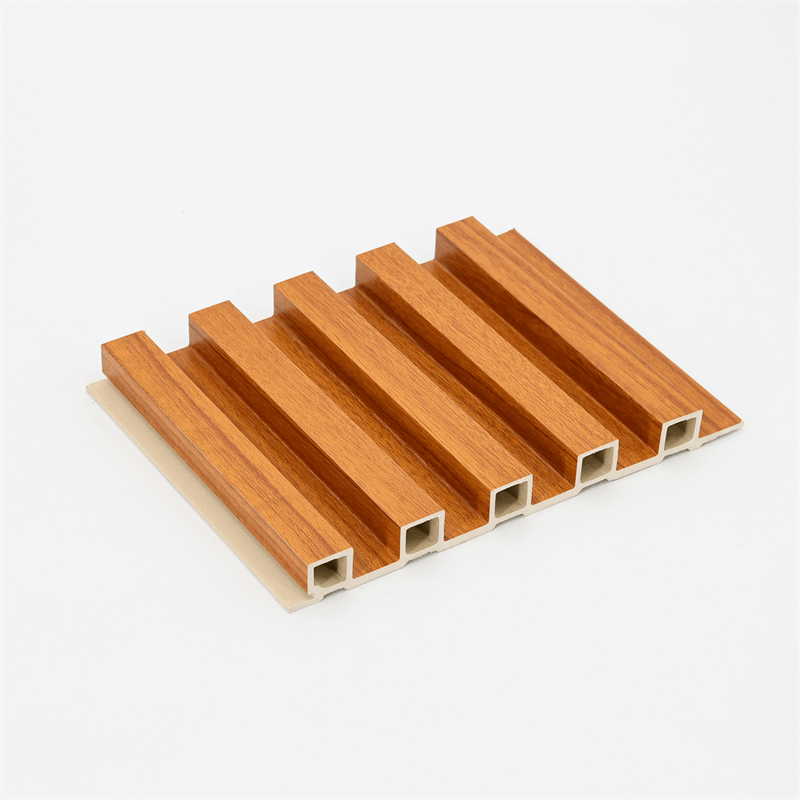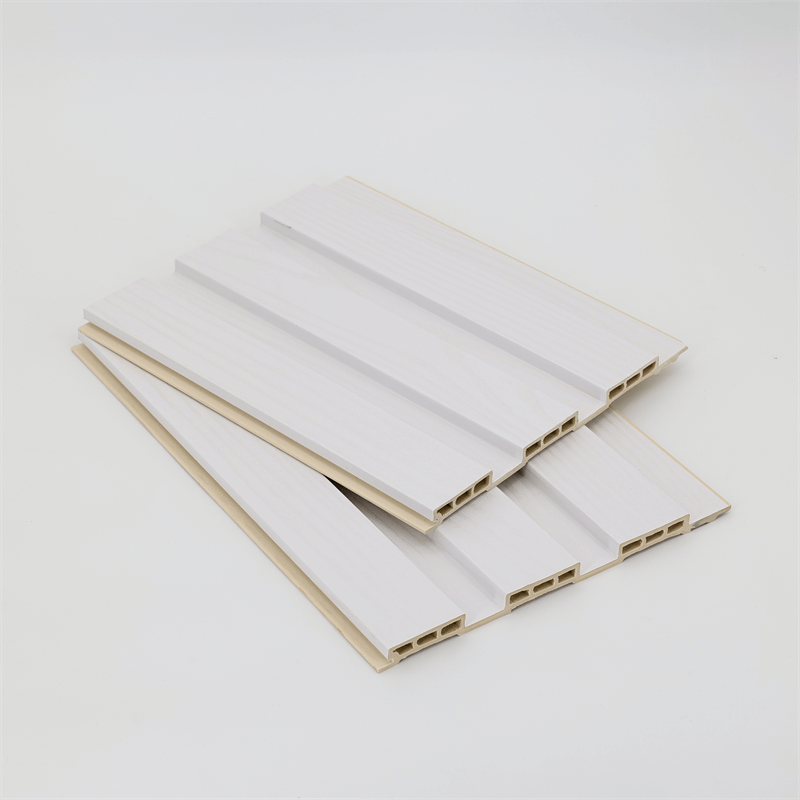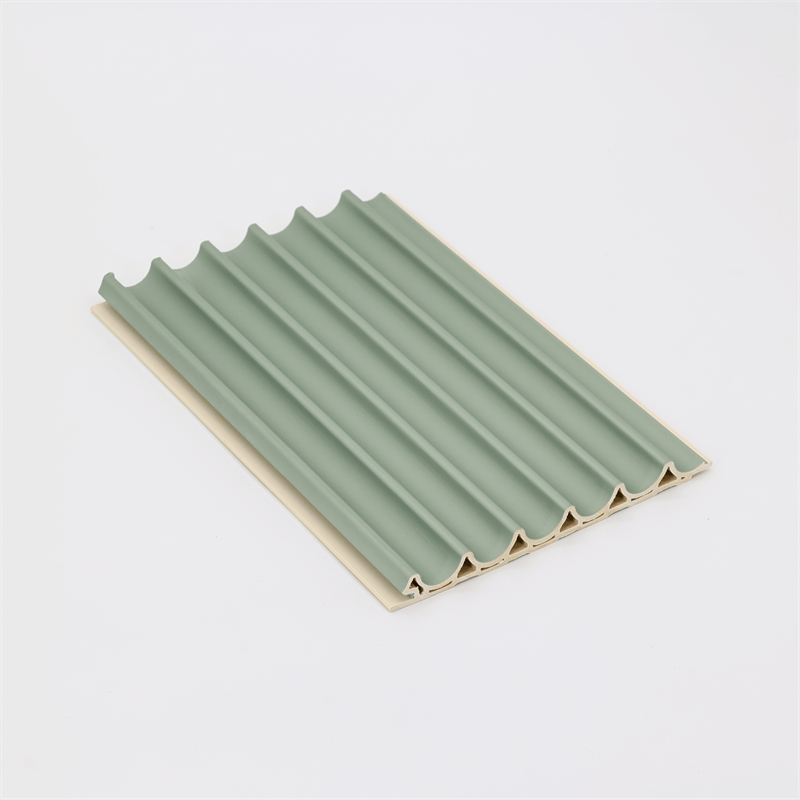
Wall panel WPC (Wood Plastic Composite) has gained significant recognition in the construction and design industry for its versatility and unique combination of aesthetics and functionality.
This innovative material offers a range of benefits that make it suitable for various applications in both residential and commercial spaces.
In this article, we will delve into the versatility of wall panel WPC, exploring its use in different settings and highlighting the advantages it brings to both manufacturers and consumers.
I. Understanding the Characteristics of Wall Panel WPC
Composition and Manufacturing Process Wall panel WPC is made by combining wood fibers or flour with thermoplastic resins, typically polyethylene or polypropylene.
This blend creates a durable and weather-resistant material that mimics the appearance of natural wood.
The manufacturing process involves extrusion or compression molding, where the wood fibers and thermoplastic resins are mixed, heated, and shaped into panels of various sizes and thicknesses.
Aesthetic Versatility One of the key features of wall panel WPC is its ability to offer a wide range of aesthetic options.
Manufacturers provide an extensive selection of colors, finishes, and textures to cater to diverse design preferences.
Whether it’s a rustic wooden look, a sleek modern style, or a contemporary design, WPC panels can transform the ambiance of any space with their versatile aesthetics.

II. Residential Applications of Wall Panel WPC
Interior Wall Cladding Wall panel WPC is an ideal choice for interior wall cladding in residential settings.
The panels provide an attractive and durable surface that enhances the visual appeal of any room.
Whether used in living areas, bedrooms, or even kitchens, WPC panels offer a low-maintenance alternative to traditional wall materials.
They can be easily installed and provide excellent insulation properties, contributing to a comfortable indoor environment.
Outdoor Decking and Fencing In residential properties, wall panel WPC is widely used for outdoor applications such as decking and fencing.
The material’s resistance to moisture, rot, and insect infestation makes it an excellent choice for creating durable and long-lasting outdoor spaces.
WPC decking provides a safe and slip-resistant surface, while WPC fencing offers privacy and security.
Homeowners can enjoy the natural beauty of wood without the maintenance challenges associated with traditional wooden materials.
III. Commercial Applications of Wall Panel WPC
Retail and Hospitality Spaces Wall panel WPC is increasingly being incorporated into retail and hospitality spaces to create visually appealing and durable interiors.
From boutiques to restaurants, WPC panels offer a versatile solution for enhancing the overall ambiance and aesthetics.
The material’s resistance to wear, scratches, and fading ensures that the panels maintain their original appearance even in high-traffic areas.
Additionally, WPC panels can be customized to match the branding and design requirements of the space.
Office and Corporate Environments Wall panel WPC is finding its place in office and corporate environments as well.
The material’s versatility allows designers to create stylish and modern interiors that align with the company’s brand identity.
WPC panels can be used for wall cladding, partition walls, and even furniture, providing a cohesive and visually appealing workspace.
The durability and low-maintenance nature of WPC panels also contribute to cost savings and reduce the need for frequent repairs or replacements.

IV. Considerations for Manufacturers, Suppliers, and Consumers
Quality and Reputation Manufacturers and suppliers play a crucial role in maintaining the quality and reputation of wall panel WPC.
By using high-quality raw materials and following proper manufacturing processes, they can ensure that the panels meet industry standards and customer expectations.
Suppliers should carefully select reliable manufacturers to provide customers with durable and reliable WPC panels.
Pricing and Affordability The price of wall panel WPC can vary depending on factors such as size, thickness, and customization options.
Manufacturers and suppliers should offer competitive pricing without compromising on quality.
By optimizing production processes and sourcing cost-effective materials, they can make WPC panels more accessible and affordable for consumers.
Installation and Maintenance For consumers, it is essential to consider the installation and maintenance requirements of wall panel WPC.
While the installation process is generally straightforward, complex projects may require professional assistance.
Regular cleaning with mild soap and water is usually sufficient to maintain the panels’ appearance.
Consumers should also follow manufacturer guidelines for any specific maintenance requirements.
Wall panel WPC has proven to be a versatile material that finds application in both residential and commercial spaces.
Its aesthetic versatility, durability, and low maintenance make it an attractive choice for designers, homeowners, and businesses alike.
Whether it’s enhancing the interior of a residential property or creating visually appealing commercial environments, wall panel WPC offers numerous advantages.
As manufacturers and suppliers continue to innovate and improve this material, it is expected to further revolutionize the construction and design industry, offering endless possibilities for creative expression and functional design.
